In this final article about the ATMOsphere America 2012 technology case studies showcased in Washington DC 12-13 June, ammonia21.com outlines the key features of presentations by Zahid Ayub from Isotherm about low charge shell and tube evaporators and by Robert Lamb from Star Refrigeration about low charge packaged ammonia refrigeration systems.

Latest Ultra Low Charge Ammonia Shell and Tube Evaporator, Mr Zahid Ayub, Isotherm
Mr Zahid Ayub from Isotherm presented a novel shell and tube evaporator that has been tested in Norway and installed on board of a commercial fishing vessel in Chile for refrigerated sea water (RSW). Registered with the US Patent Office and several foreign nations, the evaporator designed for a capacity of 385 kW incorporates multi-stage distribution mechanism resulting in even distribution of refrigeration along height creating thin film evaporation. The total refrigerant charge in the system is below 18 kg and thermal performance results are so far very encouraging.
In his presentation Mr Ayub provided an overview of features of currently used low charge evaporators and of the advantages of the SX chiller:
- Plate and Frame: commonly used in industrial refrigeration. These evaporators have expandability but on the downside they have multiple gaskets and have higher maintenance costs;
- Shell and Plate: not as common. The downside for this technology is that evaporators are non expandable and there is a leak potential. On the positive side they are fully welded;
- Shell and tube: these evaporators are not very common because a very thin film of synthetic or mineral oil can reduce the heat transfer coefficient. Distribution is also an issue because ammonia has a high latent heat as a result of which for each ton there is a low mass flow. Water is on the shell side and cleaning can become an issue;
- SX chiller: thin film evaporation similar to a spray chiller, with evaporation occurring on the shell side. There is a reverse feed and no pump. Benefits include: mechanical integrity, high efficiency, very low ammonia charge, tubes accessible for cleaning, freeze protection, simple oil management, simple and user friendly controls.
Innovation in low charge, packaged ammonia refrigeration, Robert Lamb, Star Refrigeration
Star is an EU manufacturer and contractor focused on natural refrigerants. Robert Lamb’s presentation focused on the benefits of low charge, high efficiency packaged ammonia cooling solutions.
‘Critical charge’ system designs have reduced ammonia charges in excess of 80%. The use of inverted technology and developments in heat exchanger technology have ensured efficiencies match and surpass those of traditional pumped circulation and flooded solutions.
Mr Lamb began his presentation by discussing the key challenges that customers face today, outlining the key challenges for ammonia:
- Regulation
- Refrigerant charge
- Heat and safety
- Technology
- Education
To address these challenges Star has developed a low packaged ammonia concept to makes ammonia a simple solution for those moving away from HCFC and HFC solutions. Key to this concept is low charge, plug and play capability, factory packaging and testing, and optimised energy efficiency.
Star’s packaged Azanefreezer uses low-pressure receiver technology. The simple system uses a low side receiver vessel with a sub cooler that takes liquid from the high side of system. This is expanded and passed through an air cooler before returning to a four-way valve, after which it is passed into a receiver vessel. The refrigerant is then driven into the compressor and then into the condenser.
The key innovation in Star’s solution is an electrically operated four way ball valve that reveres the operation of the plant providing a very rapid defrost.
Overall, the benefits of packaged ammonia systems are
- Cost reduction
- Charge reduction: a 50% to 75% reduction in charge possible
- Energy consumption reduction: a 20% to 25% reduction in energy consumption is possible
- Wide range of applications: cold storage, food manufacturing, HVAC, process cooling
Mr Lamb highlighted the fact that Star has also worked on optimising the performance of pumped systems using an aluminium coil, allowing good conductivity by avoiding the problem of low evaporator performance due to low circulation.
MORE INFORMATION
Related stories



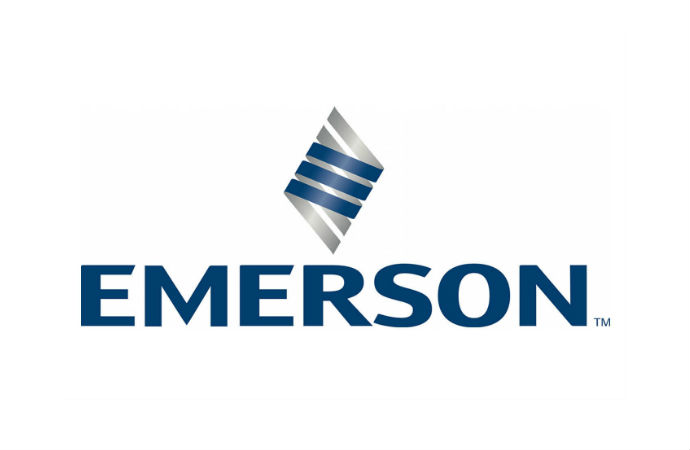




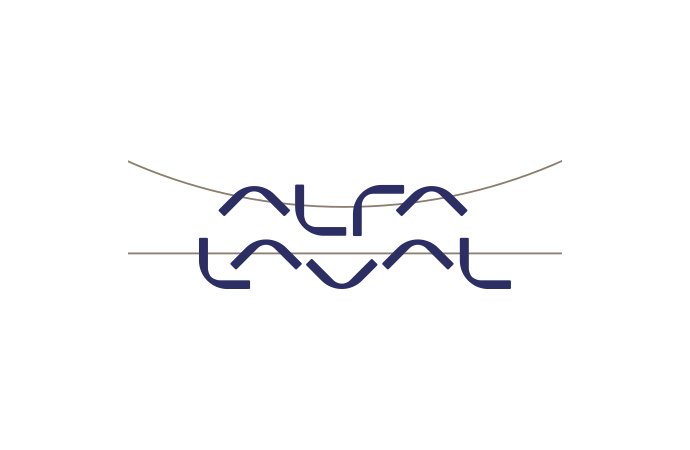
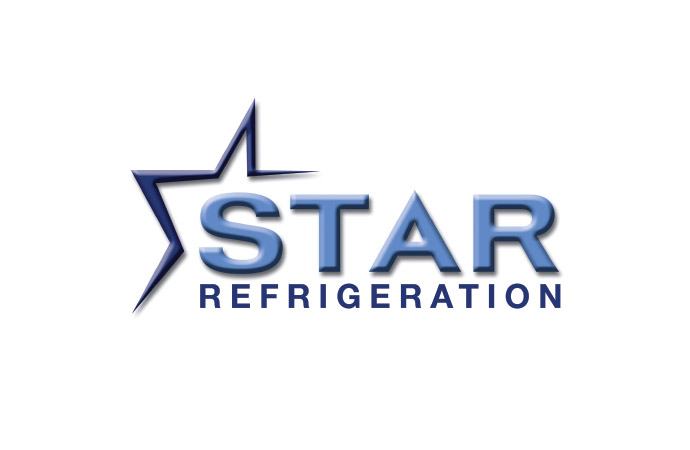

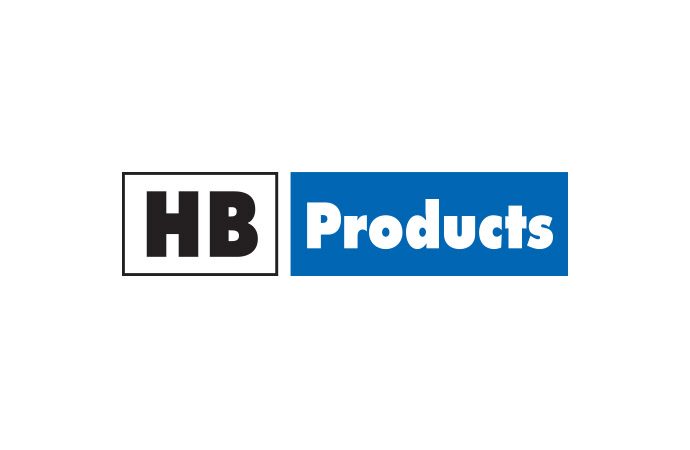
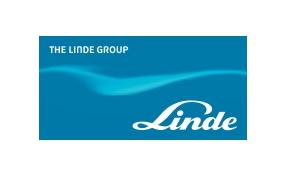
_1522327086.png)
